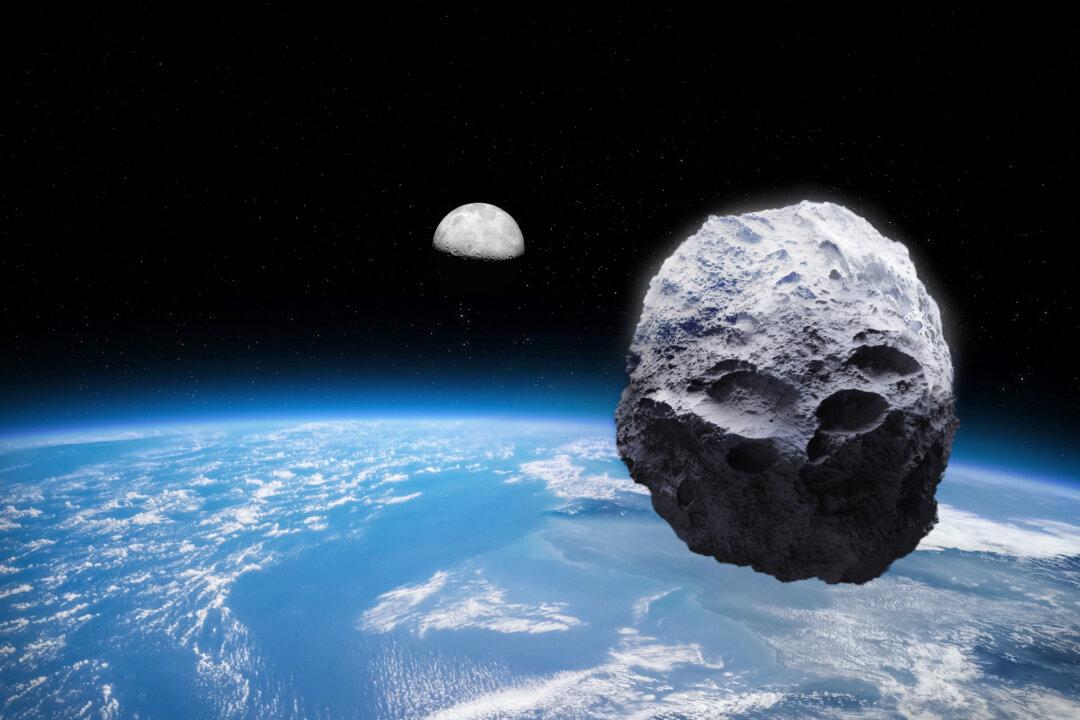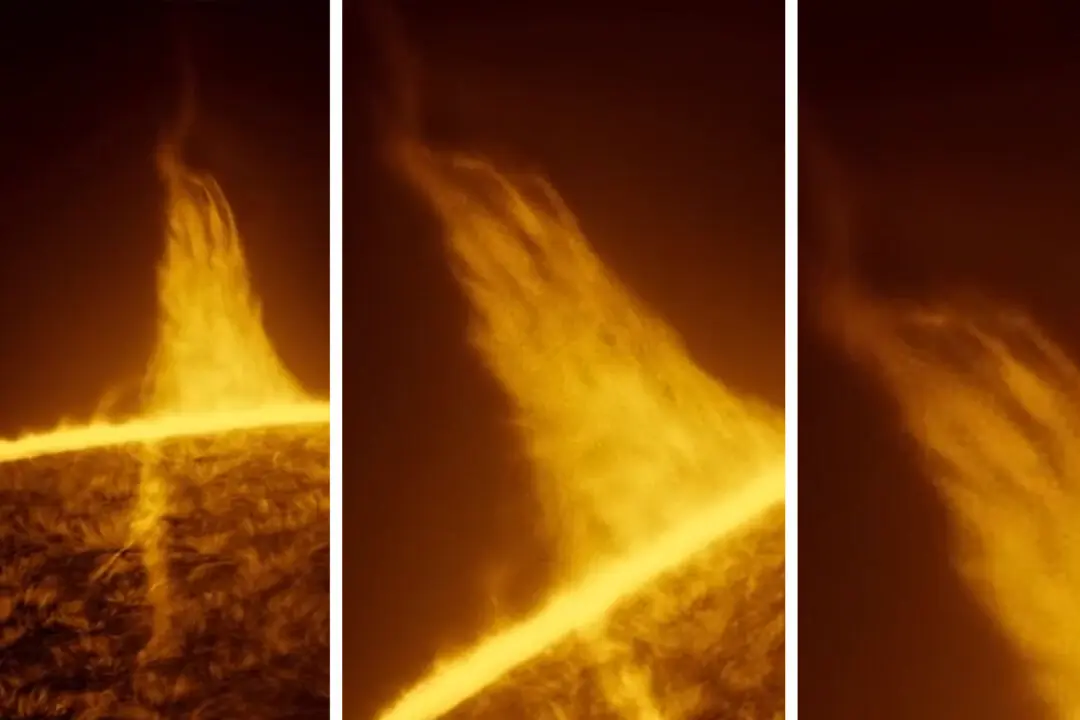It appears that planet Earth has assumed babysitting duties for a minor space object that came too close to our world and chose to stay for a few weeks. The traveling object fell into Earth’s orbit in September and will remain there until late November. Rocky in disposition and roughly the size of a school bus, the object is an asteroid, yet scientists are calling it a “second moon.”
How the Earth Came to Have Two Moons
Traveling along a horseshoe-shaped path through the solar system, this asteroid is classified as a near-Earth object, or NEO. There are many NEOs in outer space. While making a flyby close to Earth, this particular object’s gravitational energy temporarily fell to negative levels, according to a study published by the American Astronomical Society. This implied that it was in Earth’s orbit.On Sept. 29, it became official. The NEO got caught in Earth’s orbit, technically making it a second moon. It was named 2024 PT5. However, it won’t last long; the rock won’t even revolve once around the Earth before hurtling off in a few weeks.






